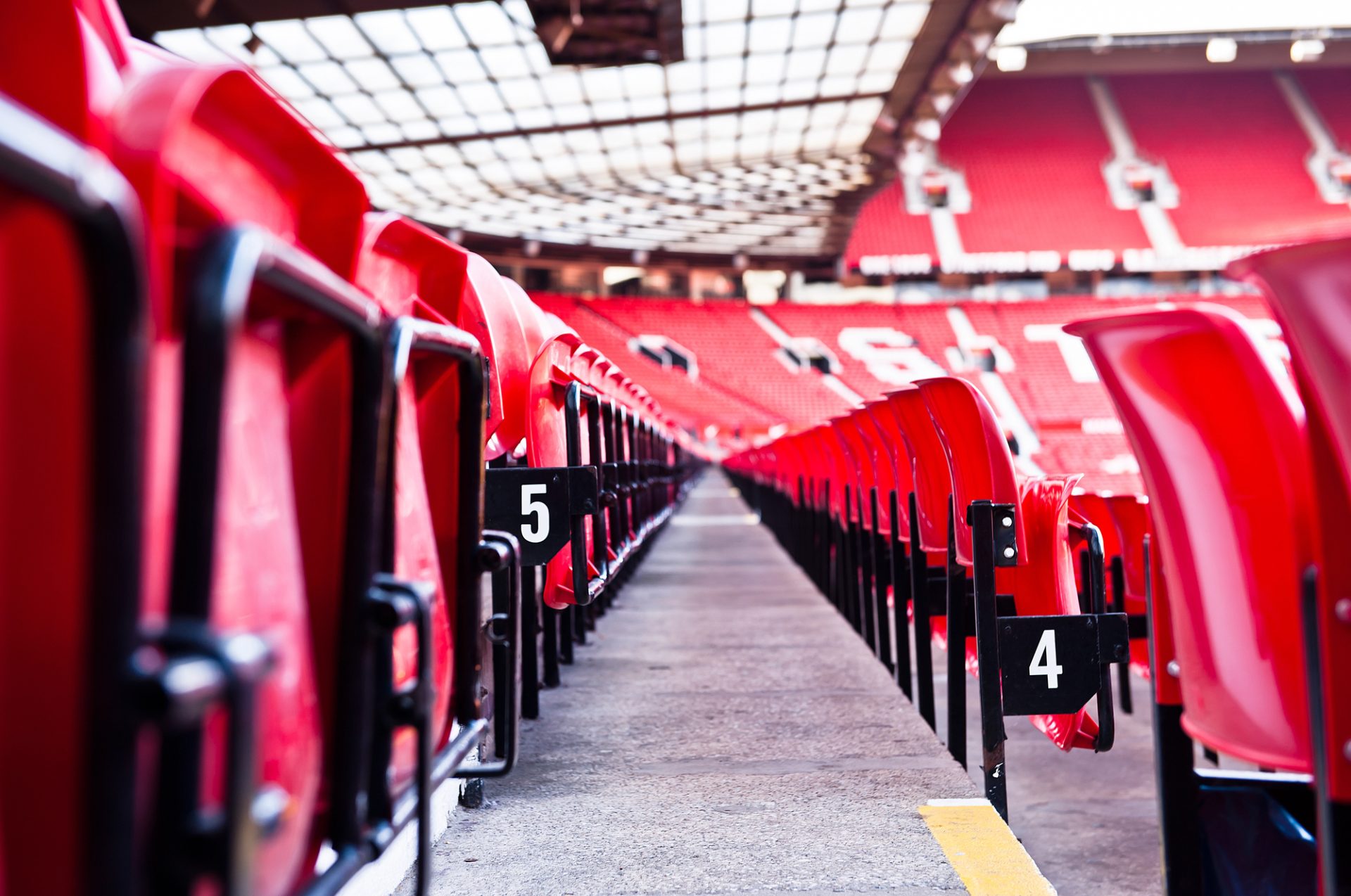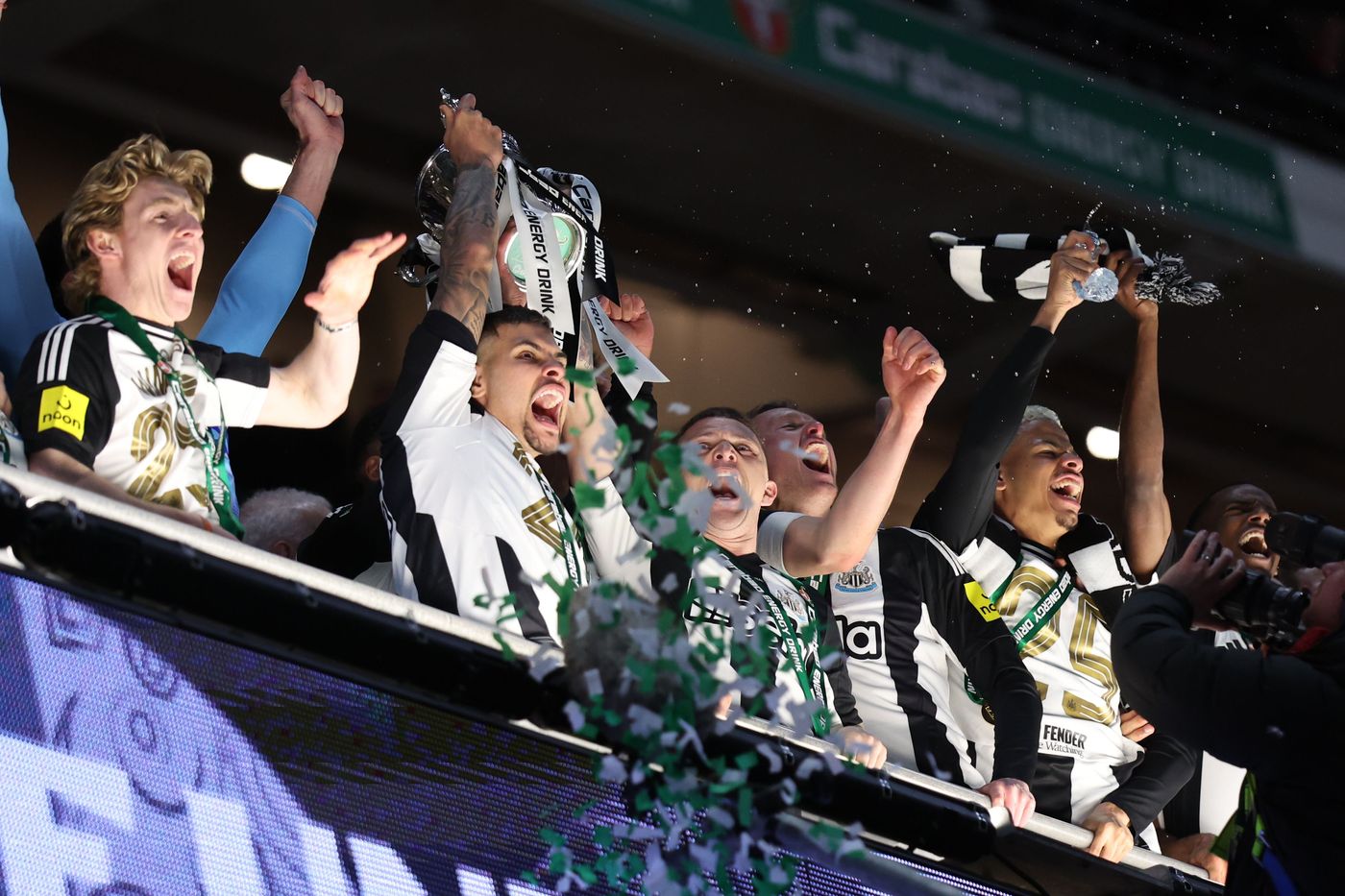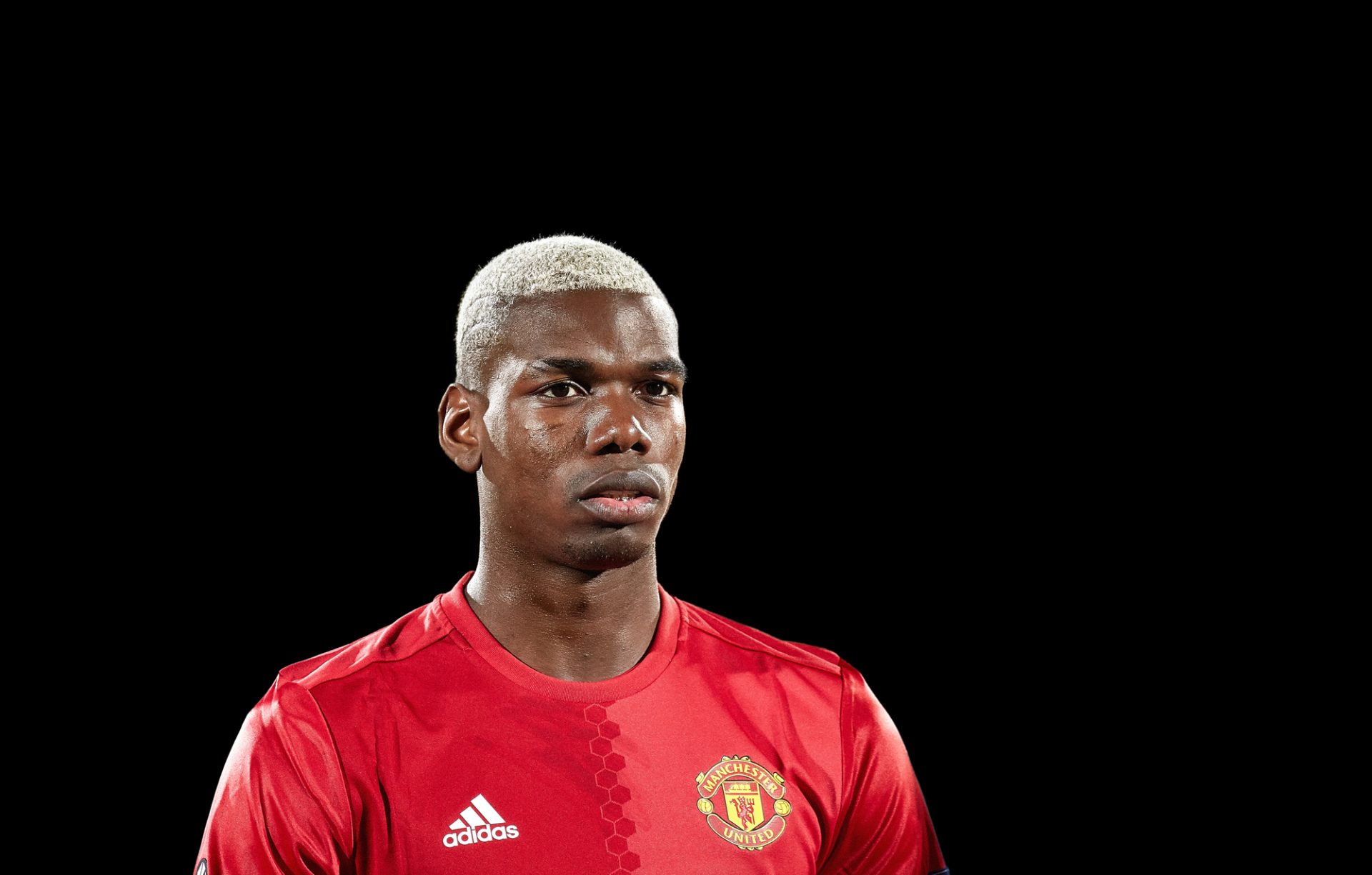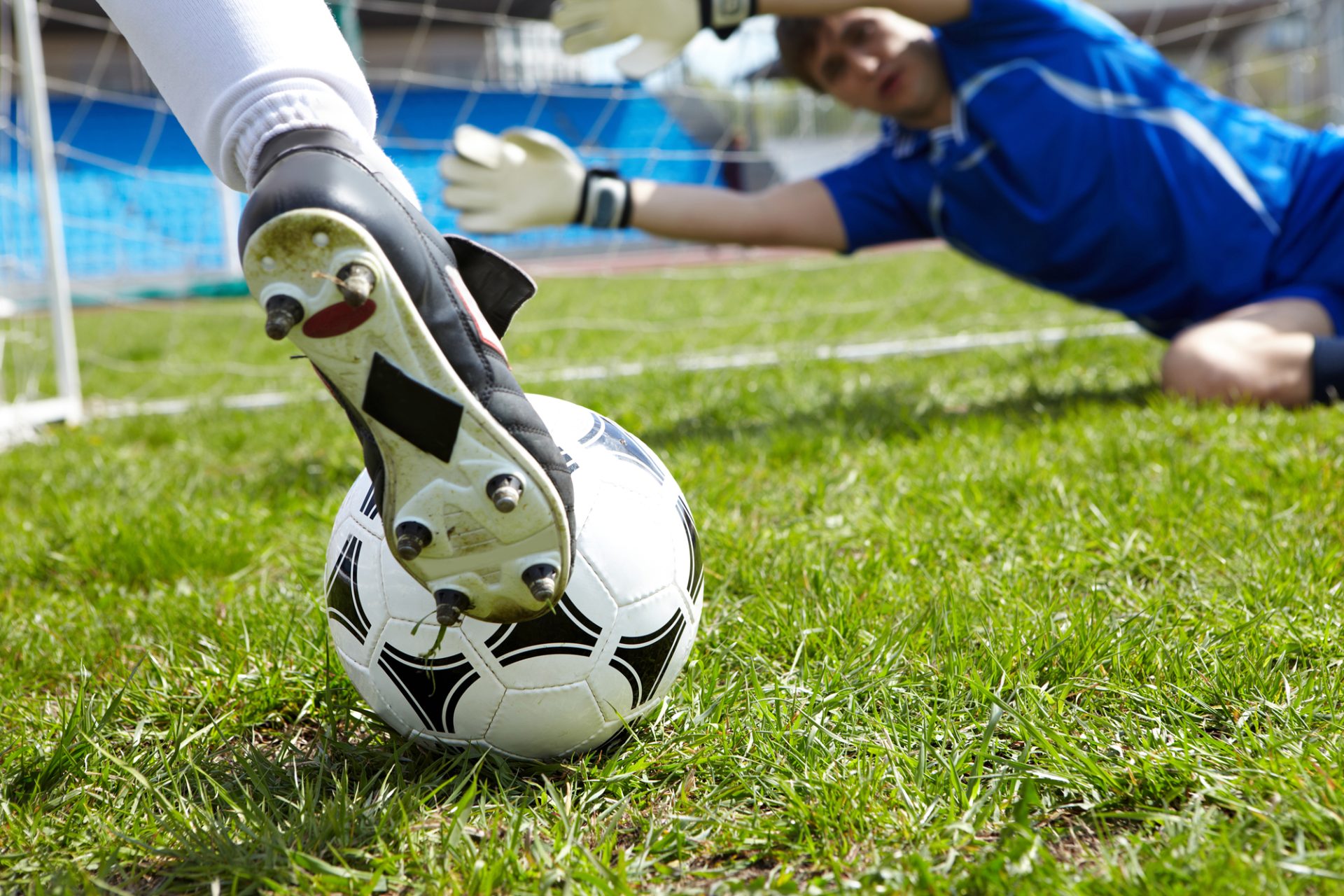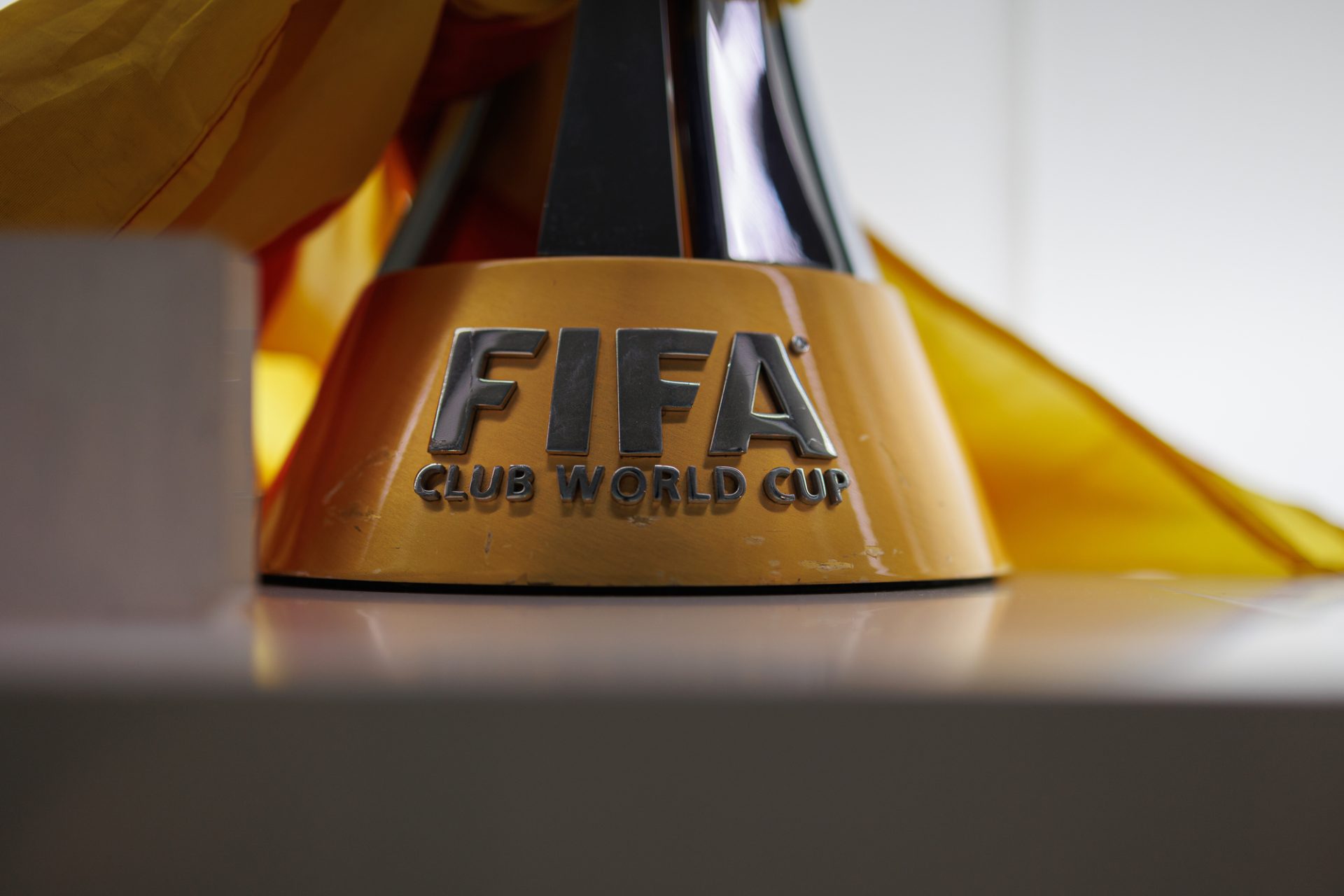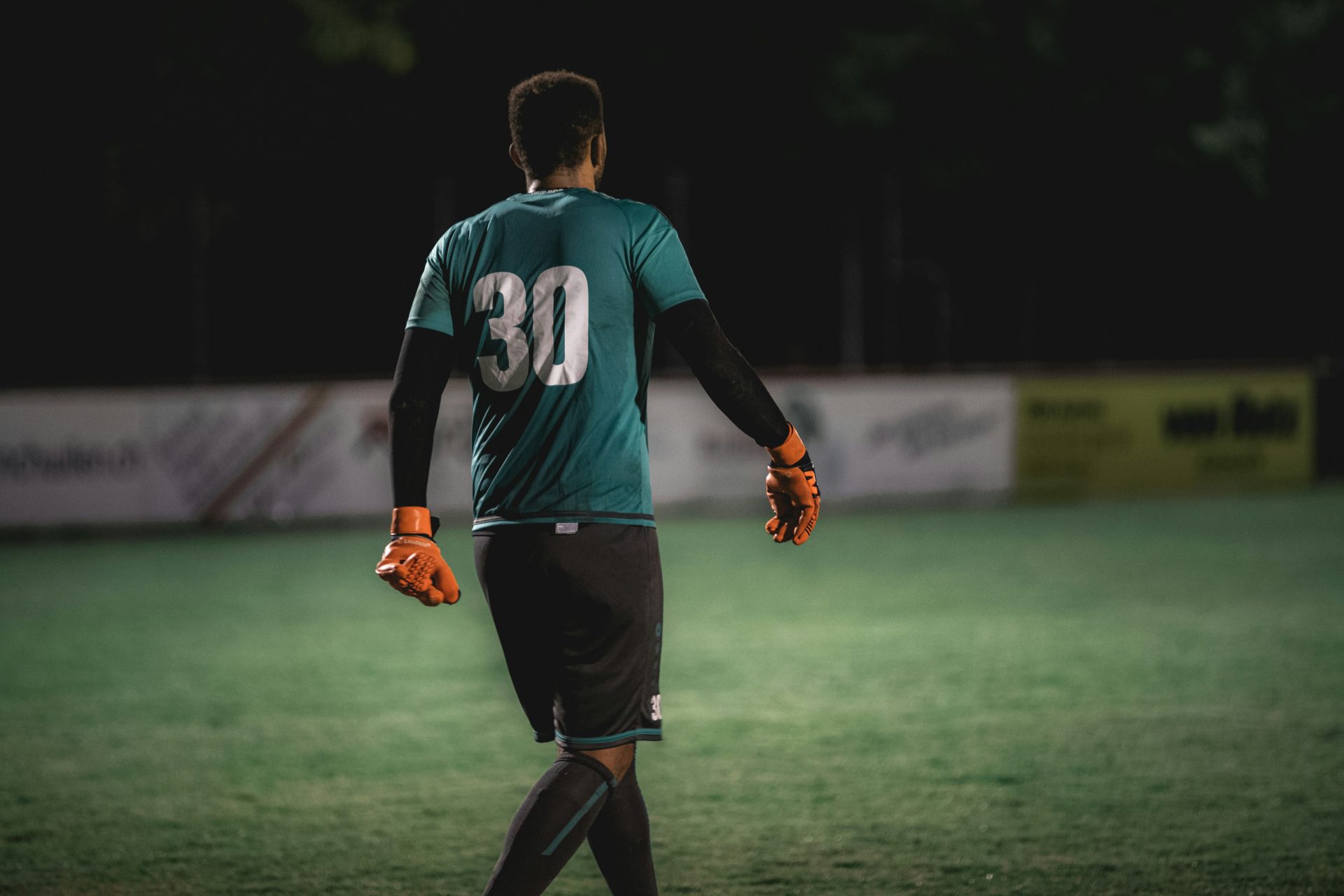What Does WF Mean In Soccer?
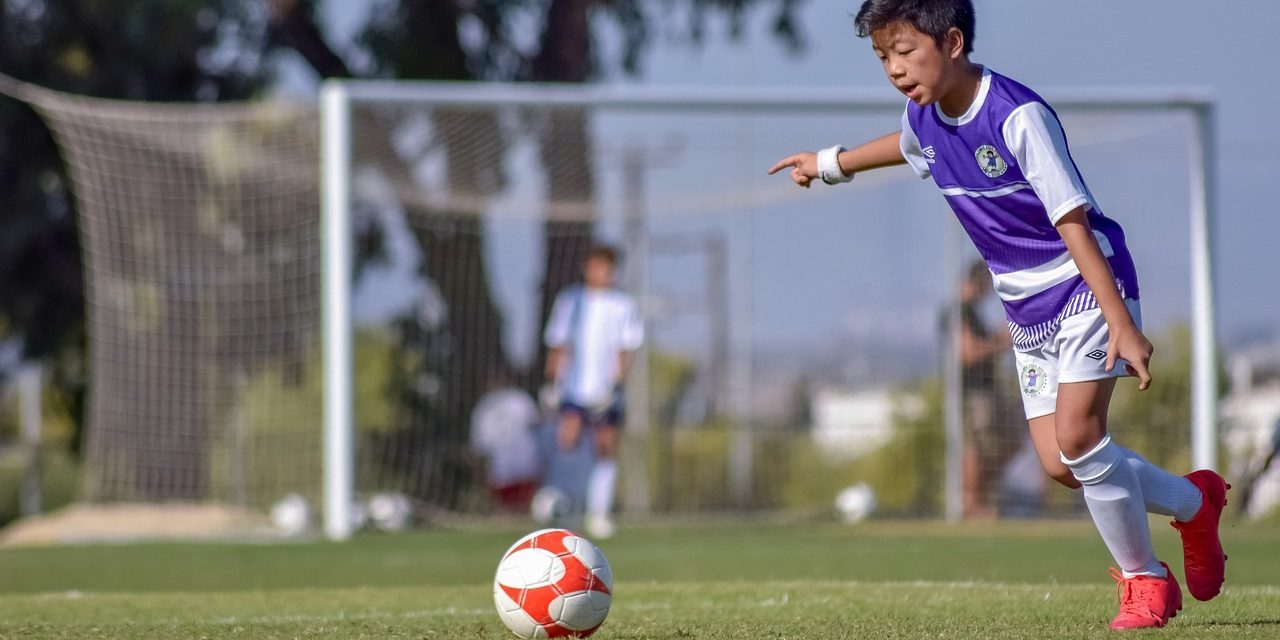
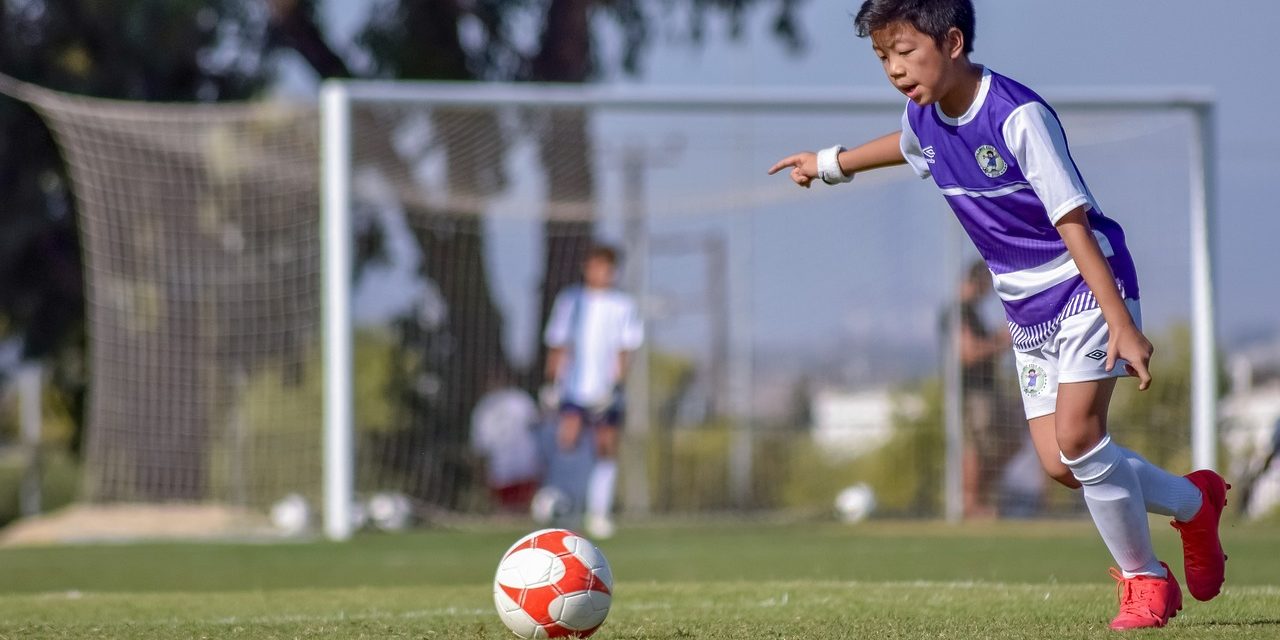
Table of Contents
In soccer, the abbreviation WF stands for Wing Forward, a position known for its offensive role primarily on the sides of the playing field. A WF player is responsible for supporting the attack from wide positions, often tasked with crossing the ball into the opponent’s penalty area and providing opportunities for attackers to score.
The Wing Forward is integral to a team’s offensive play, combining their skill in dribbling and quick acceleration to maneuver past defenders. They’re equipped with precise passing abilities and are sometimes expected to contribute to the team’s goal tally. While the presence of the WF can be less common in certain contemporary team formations, it remains a valuable asset when exploiting the full width of the pitch to stretch the opposition’s defense and create scoring chances.
Strategically, a WF player is a key figure in formations like the 4-3-3, often contributing to a team’s success with their attacking prowess and ability to deliver precise passes or crosses to centers forwards. The importance of this role and the specifics of its function can vary depending on the tactical setup and style of play the team adopts.
Understanding Soccer Positions
Soccer positions are specialized roles that players occupy on the field, each with strategic importance for the flow of the game. Different positions require distinct skills and attributes from the players who occupy them.
Forwards and Their Roles
Forwards, including strikers and attackers like the Wing Forward (WF), play closest to the opponent’s goal. Their main job is to score goals and they are often the main offensive threat. Key skills for forwards include speed, ball control, and finishing.
- Strikers (ST): Central role focused on goal-scoring.
- Wing Forwards (WF): Positioned wide, excel in crossing and dribbling.
Midfield Positions
Midfielders serve as the link between defense and offense, contributing to both aspects of play. They are typically categorized as attacking midfielders (AM), central midfielders (CM), and defensive midfielders (DM).
- Attacking Midfielders (AM): Support the attack, often positioned behind strikers.
- Central Midfielders: Versatile players who drive the team’s gameplay.
- Defensive Midfielders: Protect the defensive line and recover possession.
Defenders’ Functions
The primary role of defenders is to block the opposition from scoring. Positions within defense include central defenders (CB), fullbacks, and wing backs.
- Central Defenders: Shield the goal directly, strong in tackles and aerial duels.
- Fullbacks (Left Back – LB, Right Back – RB): Positioned on the sides, they combine defensive duties with support in attack.
- Wing Backs (Left Wing Back – LWB, Right Wing Back – RWB): Similar to fullbacks, with more emphasis on attacking contribution.
Manipulating the ball, strategic positioning, and understanding the game’s flow are integral to all soccer positions, with specific skill sets required for each unique role.
The Role of WF in Soccer
In soccer, the WF, or Wing Forward, is a critical attacking role, playing wide on the flanks with the primary duty to supply crosses, possess strong dribbling skills, and support goal-scoring opportunities.
Right Wing Forward
The Right Wing Forward (RF or RW) specializes in attacking down the right flank. This position demands players who can consistently deliver precise crosses from the right side of the field into the penalty area. Key attributes for RWs include excellent pace, the ability to beat defenders one-on-one, and the vision to execute through passes to strikers or other attackers. They typically collaborate with the right midfielder to overlap and create additional attacking options.
Left Wing Forward
Conversely, the Left Wing Forward (LF or LW) occupies the left side of the field and shares similar responsibilities as their counterpart on the right. LF players excel with their ability to cut inside onto their stronger foot to shoot or provide incisive passes. They possess a blend of speed, agility, and technical prowess in dribbling that allows them to outrun defenders and stretch the opposition’s defense. The chemistry between a LW and the left midfielder can be instrumental in breaking down defensive setups.
Tactics Involving WF
The WF, or Wing Forward, is a key player in soccer, performing specific roles within team formations to execute offensive strategies, provide support to teammates, and deliver crosses into the opposition’s box.
Formations and Strategies
In soccer, WF stands for Wing Forward, a position fundamental to many attacking strategies, particularly the 4-3-3 formation. This setup often comprises three forwards: the LW (left wing forward), RW (right wing forward), and a central striker. Wing Forwards’ primary responsibility is to penetrate defenses from the flanks, aiming to either score or create opportunities for teammates.
- 4-3-3 Formation: Dominant in promoting offensive plays utilizing speed and width.
- Counter-Attacking: WFs are instrumental when transitioning from defense to attack, exploiting spaces left by the opposing team.
Support and Collaboration
Wing Forwards must communicate and collaborate effectively with Midfielders, specifically the Attacking Midfielders, to dismantle defensive structures. They support the core team by:
- Drawing defenders out to create space for central advances.
- Providing options for lateral passes to maintain possession and build attacks.
Attacking and Crossing
WFs are vital during the attack phase, where they frequently:
- Assist in goals by delivering accurate crosses to teammates within the penalty area.
- Attack from the wings, either by direct runs towards the goal or by cutting inside to shoot or pass.
Their ability to cross the ball is crucial for creating scoring chances, requiring precise timing and coordination with the forward line. Crossing from varied angles, they enable forwards and attacking midfielders to exploit defensive weaknesses.
Impact on the Game
The Wing Forward (WF) significantly influences a soccer game by creating scoring chances and altering team dynamics.
Goalscoring Opportunities
WF players possess the necessary skills to initiate attacks and often contribute to the number of goals scored (GS). They utilize speed and dribbling to bypass defenders, providing crucial assists (GA) that lead to goals. By drawing defenders wide, they create space for other attackers (SC) and can cross the ball effectively into the penalty area, enhancing the likelihood of a goal against the goalkeeper.
WF Impact on Team Dynamics
WFs have a dynamic role, affecting both the attack and support structure within a team. Their involvement in wide areas stretches the opposing defense, enabling teammates to exploit the created gaps. With their ability to cross from the flanks and pass accurately, WFs serve as essential links in the chain of attack, often being the source of assists for strikers and center forwards.
Evolution of the WF Role
In soccer, the Wing Forward (WF), also known as a winger, has undergone significant changes over the years. Originally, players in the WF position were primarily tasked with providing crosses from the flanks, using their speed and dribbling skills to outmaneuver defenders and set up scoring opportunities for strikers.
As football tactics evolved, so did the responsibilities of the WF. The introduction of formations such as the 4-3-3 and 4-2-3-1 provided wingers with more flexibility and attacking duties. FIFA and UEFA competitions showcased the increasing importance of versatile wingers capable of contributing both in terms of assists and goals.
Traditional Wingers (LW/RW) vs. Modern Wing Forwards (WF):
- Historically, Left Wingers (LW) and Right Wingers (RW) hugged the touchline, sending in crosses.
- Contemporary Wing Forwards cut inside more frequently, often acting as inverted forwards (IF) to shoot with their stronger foot.
The evolution of the WF has been part of football’s overall shift towards more dynamic attacking strategies. Creative roles like the Central Attacking Midfielder (CAM) have also influenced the WF position, requiring these players to not only attack but also retreat and support the midfield when needed.
Wing Forwards are now integral to a team’s attack, blending the abilities to penetrate defenses and score, exemplified by renowned footballers who have mastered the role. Their adaptability allows them to interchange with other attacking roles such as LM (Left Midfielder) and RM (Right Midfielder), offering fluidity in offensive formations.
The transformation of the WF role in soccer highlights the sport’s strategic evolution. As the game continues to develop, the skills and duties of the WF will undoubtedly adapt further, making it a position of constant interest and pivotal importance in the formation and success of soccer teams worldwide.

